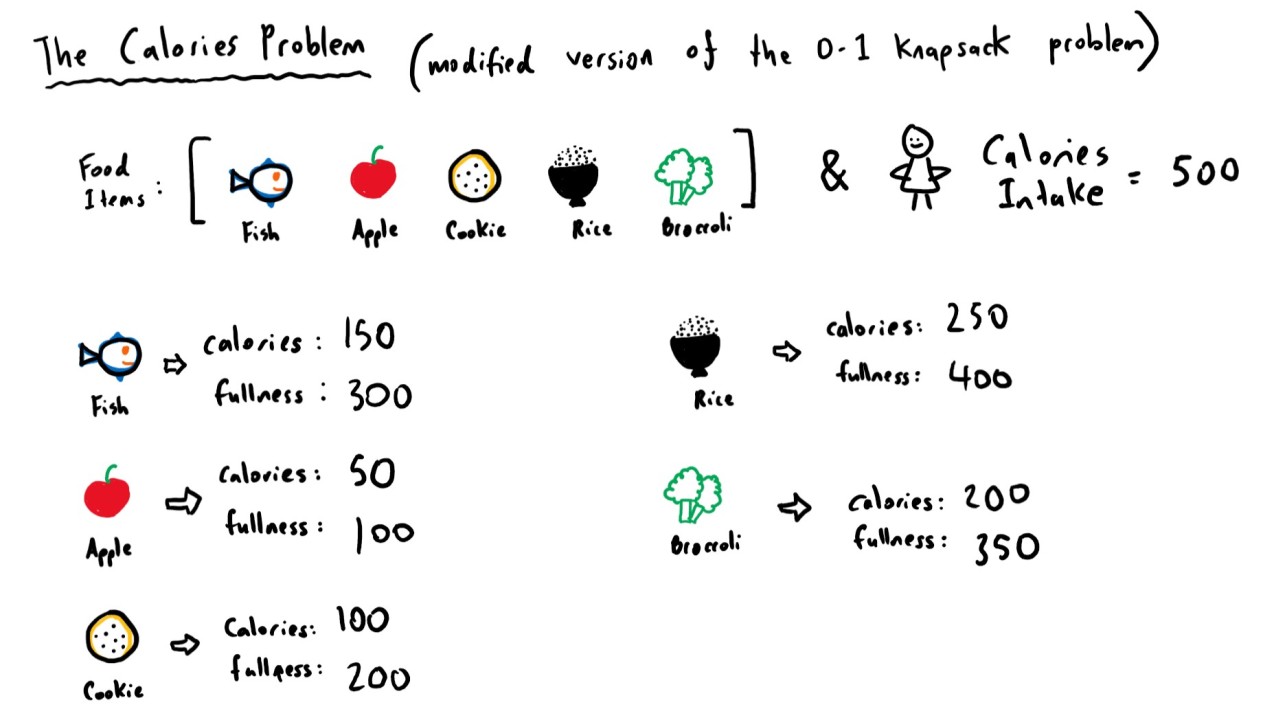Essential Strategies for Mastering Dynamic Programming
Understanding the Basics
Dynamic programming, often hailed as a powerful problem-solving technique in the realm of computer science and algorithmic design, is not merely a tool but a mindset. At its core, dynamic programming revolves around breaking down complex problems into simpler subproblems and solving them iteratively. Understanding the basics is essential for mastering this versatile technique.
Identifying Optimal Substructure
One of the key concepts in dynamic programming is optimal substructure, which implies that an optimal solution to a larger problem can be constructed from optimal solutions to its subproblems. By identifying these subproblems and understanding their relationships, programmers can devise efficient algorithms that yield optimal solutions.
Overlapping Subproblems and Memoization
A common challenge in dynamic programming is dealing with overlapping subproblems, where the same subproblem is solved multiple times. Memoization, a technique that involves storing the results of expensive function calls and reusing them when the same inputs occur again, is instrumental in mitigating this issue. By memoizing solutions to subproblems, programmers can significantly improve the efficiency of dynamic programming algorithms.
Choosing the Right Approach: Top-down vs. Bottom-up
When implementing dynamic programming algorithms, programmers often face the choice between top-down (recursive with memoization) and bottom-up (iterative) approaches. While both approaches can yield optimal solutions, their suitability depends on the problem at hand and programming preferences. Top-down approaches are often more intuitive but may suffer from stack overflow for large inputs, whereas bottom-up approaches offer better scalability and efficiency.
Optimizing Space Complexity
One of the challenges in dynamic programming is optimizing space complexity, especially for problems with large input sizes. While memoization is effective in reducing time complexity by storing intermediate results, it may consume significant memory space. Programmers can optimize space complexity by using techniques such as tabulation (bottom-up approach), which avoids storing redundant information and utilizes space more efficiently.
Handling Edge Cases and Boundary Conditions
In dynamic programming, handling edge cases and boundary conditions is crucial for ensuring the correctness and robustness of algorithms. Failing to account for edge cases can lead to incorrect results or runtime errors. Programmers should thoroughly analyze problem constraints and define appropriate base cases to handle edge scenarios effectively.
Iterative vs. Recursive Solutions: Finding the Right Balance
Dynamic programming problems can often be solved using both iterative and recursive approaches. While recursive solutions may be more intuitive and easier to understand, they may suffer from stack overflow or exponential time complexity for certain inputs. Iterative solutions, on the other hand, offer better scalability and efficiency but may be more complex to implement. Finding the right balance between iterative and recursive approaches is essential for optimizing both time and space complexity.
Understanding Time Complexity Analysis
Analyzing the time complexity of dynamic programming algorithms is crucial for assessing their efficiency and scalability. By understanding the recurrence relations and iteration counts involved in solving subproblems, programmers can estimate the overall time complexity of algorithms. Additionally, identifying bottlenecks and optimizing critical sections can further improve the performance of dynamic programming solutions.
Practice and Persistence: Keys to Mastery
Mastering dynamic programming requires dedication, practice, and a willingness to tackle challenging problems. While the concepts may seem daunting at first, continuous practice and experimentation can gradually build proficiency and confidence. By actively participating in coding competitions, solving problems on online platforms, and studying algorithmic techniques, programmers can sharpen their skills and become adept at dynamic programming.
Embracing the Journey
In conclusion, mastering dynamic programming is not an overnight endeavor but a journey of exploration and growth. By understanding the fundamental concepts, choosing appropriate approaches, optimizing efficiency, and practicing consistently, programmers can unlock the full potential of dynamic programming and tackle a wide range of computational challenges with confidence and finesse. Read more about dynamic programming tips

